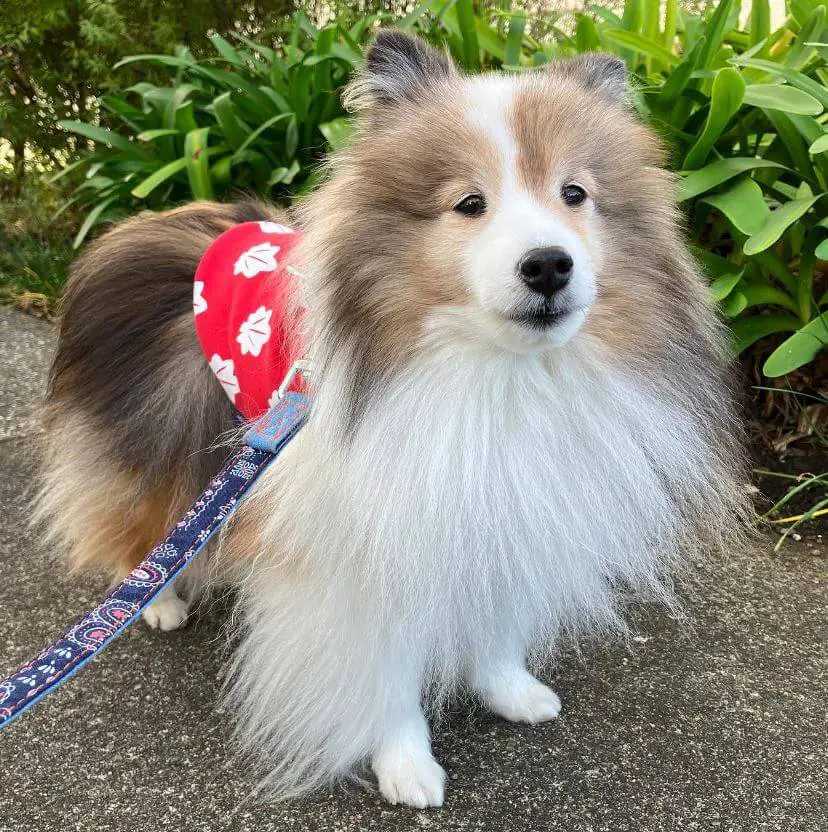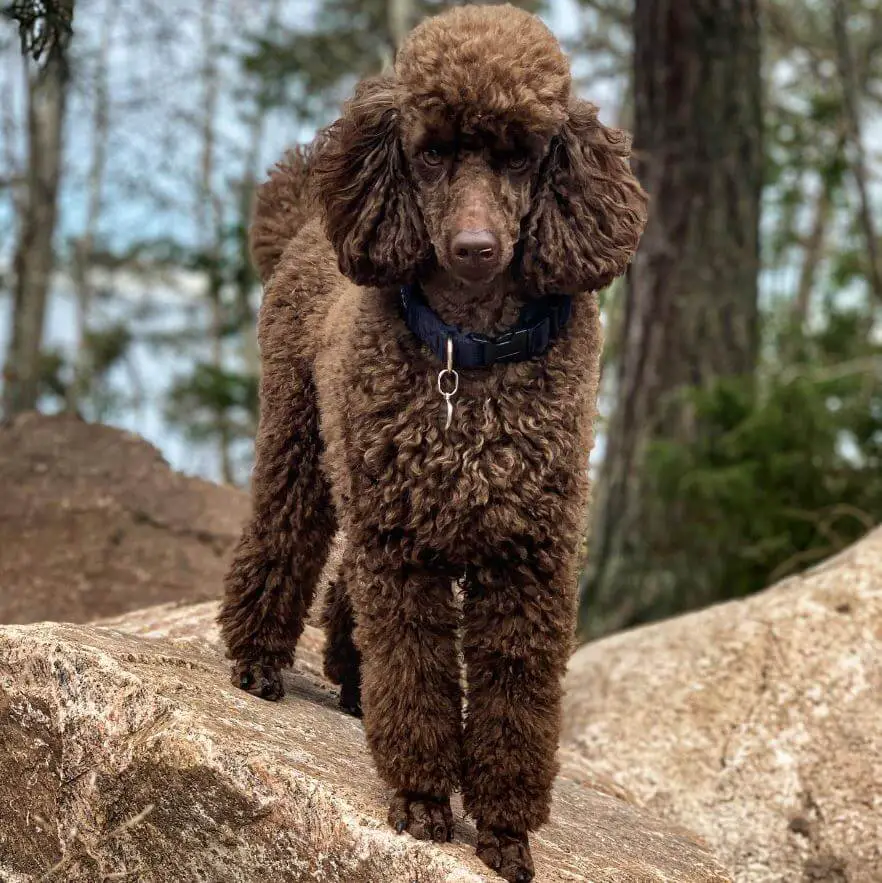Training your dog is an important part of being a responsible pet owner, and can help ensure that your furry friend is well-behaved and happy. However, there are many different training methods and techniques available, and it can be difficult to know which ones are most effective, and which ones could actually be harmful to your dog. In this article, we will provide a comprehensive guide to the dos and don’ts of dog training, so that you can ensure that you are doing the best thing for your four-legged friend.

Do: Choose a positive reinforcement training method
One of the most important things to keep in mind when training your dog is to choose a positive reinforcement method. Positive reinforcement is a technique that rewards your dog for good behavior, and it is one of the most effective ways to train dogs. This can include treats, praise, and affection, and it is a great way to build a strong bond with your dog while also helping them to learn.
Don’t: Use physical punishment or punishment-based methods
Using physical punishment or punishment-based methods is never an appropriate way to train a dog. These methods can cause fear, anxiety, and aggression in dogs, and can actually make problem behaviors worse. Instead, always use positive reinforcement methods to encourage good behavior, and reward your dog for following commands.

Do: Use treats and rewards effectively
Treats and rewards are a great way to motivate your dog to learn and follow commands. When choosing treats, be sure to choose something that your dog loves, such as their favorite toy or a piece of special dog food. You should also be careful not to overuse treats, as this can lead to obesity and other health problems. Instead, use treats strategically to reinforce good behavior and help your dog to learn.
Don’t: Get frustrated or angry with your dog
Training your dog takes time and patience, and it is important to remain calm and positive throughout the process. If you get frustrated or angry with your dog, they will be less likely to respond to your commands, and they may become fearful or aggressive. Instead, remain calm and patient, and focus on positive reinforcement techniques to help your dog learn.

By following these dos and don’ts of dog training, you can ensure that you are providing your dog with the best possible training experience. Whether you are working on obedience training, tricks, or simply helping your dog to be well-behaved, these tips will help you to achieve your goals and build a strong, happy relationship with your furry friend.
